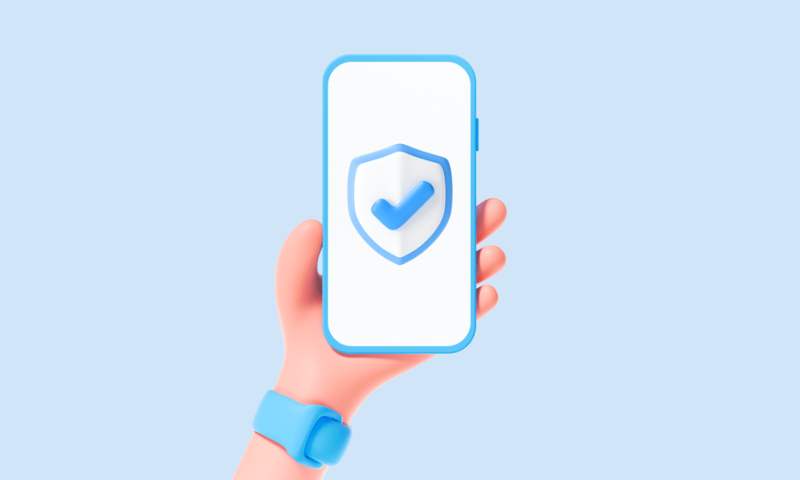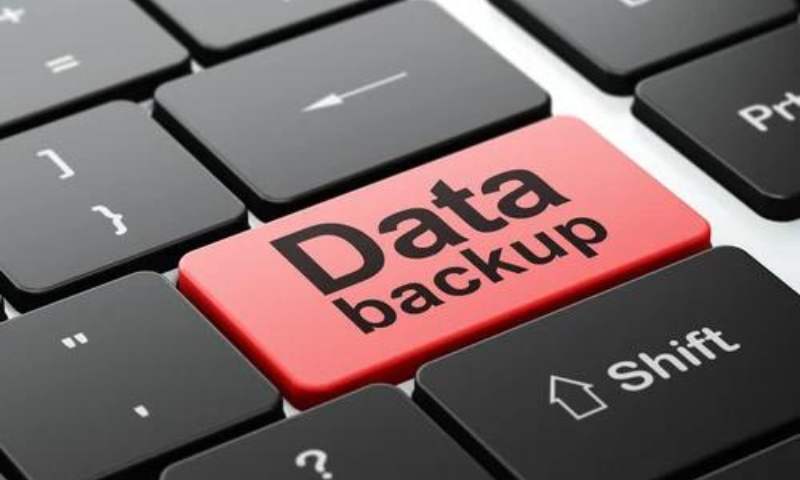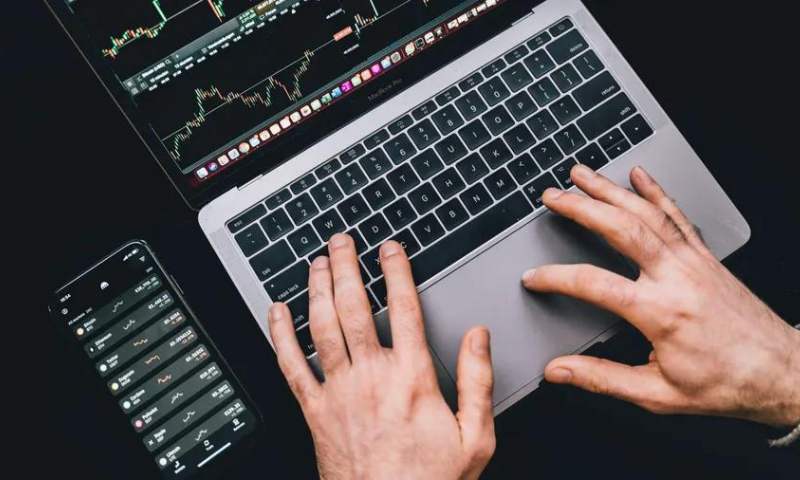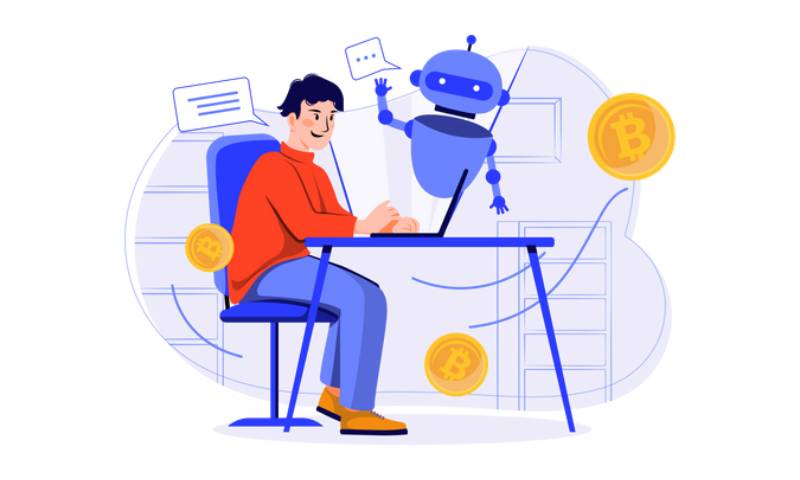Understanding the Importance of Backing Up Your Crypto Wallet Information
Imagine losing your digital gold because you skipped a simple step. Don’t let that happen. I’ll show you why the importance of backing up your crypto wallet information is non-negotiable. It’s your safety net when tech goes berserk or hackers come sneaking. You’ll learn that your recovery seed phrase is your crypto lifeboat. I’ll also dive into why it matters whether you use hardware or software to keep your backups. Get ready for a no-nonsense blueprint to protect your digital assets like a pro.
Understanding the Essentials of Cryptocurrency Wallet Backups
The Role of Recovery Seed Phrases in Securing Your Assets
You call it a string of random words. I call it the key to your digital treasure chest. Your recovery seed phrase acts like a master key. It unlocks your cryptocurrency wallet if things go south. Think of it as a backup to your backup. Without it, if you lose access to your wallet, your assets might as well be on the moon.
Let’s be real: devising secure crypto storage solutions must start with your recovery seed phrase. Write it down, and do it right after you set up your wallet. This isn’t just a bunch of words; it’s the linchpin in safeguarding digital assets. Keep it safe, and you keep your digital gold safe.
And never, ever share your recovery seed phrase. Not online, not with friends, not even if someone promises you moons and stars. Safeguarding this phrase is like defending a castle. Let in the wrong person, and it’s game over.
The Differentiating Factors Between Hardware and Software Wallet Backups
Now, let’s dive into the two camps: hardware wallet backup and software wallet backup. Each has its fans and each its quirks. A hardware wallet, that’s like a safe in your home. It’s physical, beefy, and less prone to online attacks. Your keys stay offline, in what we call cold storage crypto backup.
Hardware wallets are great for holding your crypto long term. They’re complex, but they protect against all the nasty stuff online. Remember, though, even these gizmos can break or get lost. So, backup is crucial.
On the flip side, we’ve got software wallet backups. These live on your computer or phone. They’re handy, always within reach. The catch? They’re more at risk from hackers, malware, and phishing scams. That’s why combining them with strong backup encryption methods is a good move.
Also, don’t keep all your eggs in one basket. Use multiple secure backup locations, like an offsite backups for wallets. This means, have copies of your backup in more than one place.
Some say why not just use cloud storage for crypto wallet? Well, clouds leak sometimes. It’s better to store your backup on something physical, separate from the web. Electronic vs. paper backups, you ask? Paper can’t get hacked. Just keep it away from fire and water.
Backup is all about not being sorry. From mnemonic phrase protection to private key safeguarding, your goal is simple: no lost wallet recovery horror stories.
And the key to all this? Duplicating backup information. Redundancy in wallet backups isn’t overkill, it’s smart. It might feel like a hassle. But losing your crypto? That’s a real hassle.
Take the time. Make the backups. Ask anyone who’s faced disaster recovery planning after the fact.
Secure your digital lifeline. Because in a world where anything can happen, your cryptocurrency wallet backup is your safety net. Your future self will thank you. And that’s a promise.
Advanced Backup Strategies for Comprehensive Protection
Implementing Redundancy in Crypto Backup Plans
When it comes to your crypto, it’s like a lifeboat. You wouldn’t sail with just one. The more backups, the better. That’s what we mean by redundancy. Let’s say you drop your phone – bye-bye wallet. Good thing you kept extra wallets, right? That’s how you dodge a money disaster.
Redundancy is having many copies of your crypto wallet info. You want them in different places. If one fails, don’t sweat it. You have more. Smart, huh? It prevents losing your coins if one backup gets lost or breaks. That’s way better than having zero bucks because you lost your data.
Imagine losing all your photos with no backup. Feels terrible. Now think of your crypto wallet. Losing access means losing real cash. Keepsakes hurt to lose, but cash hurts more, right? So, always have multiple safety nets. That’s your crypto life jacket.
The Significance of Cold Storage and Multisignature Wallets in Safekeeping Digital Assets
Now, let’s cool things down with cold storage. It’s like hiding your cash in a freezer. It means keeping your wallet offline where hackers can’t touch it. Picture your treasures in a super safe vault. That’s cold storage for your digital coins.
But what on earth is a multisignature wallet? It’s like a bank vault that needs two keys, not just one. It means you need more than one person to say “Okay” to open it or move your coins. It keeps thieves out. Your buddy has one key, you have the other. It’s teamwork for your wallet’s safety.
To keep your cash super safe, mix cold storage with multisignature security. Think of it as two layers of armor for your digital dollars. This guards them from crooks and tech snags. It’s like having the best lock for your online treasure chest, plus a moat with sharks. Okay, no sharks, but you get the idea.
Having these backups is smart, like really smart. And it’s not that hard. It’s about keeping what’s yours, yours. Teach it to friends, family, and even your dog if they got coins. Spread the word, and let’s keep our digital dough locked up tight! Remember, a well-protected wallet is a happy wallet.
Mitigating Risks: Preventative Measures Against Crypto Losses
Encryption and Safe Seed Storage Techniques as Defense Mechanisms
Have you ever lost something you can’t replace? Imagine that, but with crypto. Scary, right? That’s why backing up your cryptocurrency wallet is key. It’s like having a spare key to your house. Encryption and safe seed storage are your best friends here. Encryption scrambles your backup, so only you can read it. Safe seed storage means keeping your recovery phrases in a spot only you know.
Simple rule: keep your backup secret, keep it safe. Write down your seed on paper. Don’t just stash it anywhere. Think fireproof, waterproof, and out of sight. Some folks split their seed phrase up, so they need all pieces to restore their wallet. Smart!
Hardware wallets? They’re tough as nails against hackers. Software wallets are handy, but they need solid backup too. Know the drill—encrypt, store safely, stay cool.
Creating a Fail-Safe Disaster Recovery Plan and Avoiding Wallet Theft
Want zero “Oops, I lost all my crypto” moments? You need a disaster recovery plan. This isn’t a maybe thing; it’s a must. A good plan keeps your coins safe from theft, disasters, and oopsies.
Start by duplicating your backup info. One copy isn’t enough. Go for two or more. Always pick secure places that are far from each other. Two spots in your house don’t count. Think more like one in a home safe and one in a bank deposit box. Why? If a disaster hits one place, you’ve got a plan B.
Steer clear of wallet theft with solid passwords and keeping your cool online. Hackers love to trick you. They’ll try anything to swipe your backup details. So, stay sharp, don’t bite on phishing scams, and use a password manager.
Keep your backup fresh. Life changes, updates happen. Whenever you tinker with your wallet, update your backup. Make checking and updating a habit, like brushing your teeth.
Got all that? Great! Remember, this stuff isn’t just “good to know.” It’s “must do” to keep your digital cash in your hands where it belongs. Stay safe out there!
Ensuring Long-Term Safeguarding of Your Digital Wealth
The Importance of Regular Backup Updates and Verification Processes
Keeping your cryptocurrency wallet backup up-to-date is key. Think of it as checking the health of your digital wealth. You wouldn’t drive a car without regular check-ups, would you? So don’t overlook your crypto wallet backup. It’s that important. When was the last time you backed up your wallet? If it’s been a while, it’s time to do it now. Make sure you also verify that your backup works. This means checking that you can recover your data with it. Remember, the goal is zero losses.
A backup verification process helps catch mistakes early. It’s simple. After you back up, try to recover dummy accounts using your backup. If it works, great! If not, fix the errors before they lead to real losses. This kind of mock recovery drill can save your assets.
Legacy Planning and Password Management: Securing Your Digital Inheritance
Now, let’s talk about your digital legacy. It’s about keeping your crypto safe even after you’re gone. Start with legacy planning with crypto. Share backup info with someone you trust. Choose a person. Tell them where you keep your backups. Explain how to use them. If something happens to you, they should know how to access your assets.
Password management systems are big helpers, too. They keep access codes safe. Tell your trusted person how to get into the system. But be smart. Only share this with someone super trustworthy.
Then there’s your recovery seed phrase. It’s the master key to your crypto. Without it, all could be lost. Keep it where no harm can come to it. Think of safety deposit boxes, or even a home safe. It’s worth that level of security. And always keep it encrypted. That way, even if someone finds it, they can’t use it without your key.
Remember, having a secure crypto storage solution isn’t a one-time job. It’s continuous. Regularly update your backups. Check on them. Think of future-proofing your digital assets. It’s about making sure that what you’ve built keeps its value, not just today, but for years to come. Protect against malware, avoid phishing scams, and stay ahead. In the crypto world, your vigilance is your strongest shield.
Take these steps seriously. By doing so, you are not just keeping your digital wealth secure now, but you are also ensuring that your hard-earned assets will stand the test of time, disasters, and unexpected events. This is more than just good practice; it’s about creating peace of mind for you and those you care about.
In this post, we tackled the big deal of keeping your crypto safe. We started by breaking down crypto wallet backups, from recovery seeds to hardware versus software. Next, we dived into top backup plans like redundancy and cold storage wallets. We then looked at stopping losses with encryption and rock-solid recovery plans. Lastly, we hit on updating backups and making sure your digital gold stays in the family.
I’ll leave you with this: Stay sharp and keep your crypto backups tight. Your future self will thank you!
Q&A :
Why is it crucial to back up your crypto wallet information?
Backing up your cryptocurrency wallet information is crucial because it acts as a safeguard against loss or failure of your device, forgetting your password, or any unexpected events that could result in losing access to your funds. By having a backup, you ensure that you retain access to your assets no matter what happens.
What are the best practices for backing up cryptocurrency wallet information?
The best practices for backing up cryptocurrency wallet information include using reliable hardware wallets, creating multiple copies of recovery phrases (also known as seed phrases), and storing them in different secure locations. It’s also recommended to use encrypted backups for additional security and to test your backup methods to ensure recovery is possible.
How often should you back up your cryptocurrency wallet?
The frequency of backing up your cryptocurrency wallet often depends on how frequently you make transactions. If you’re an active user with many transactions, you should back up your wallet every time there’s a significant change. Otherwise, regular periodic backups, such as monthly or after a set number of transactions, can be sufficient to protect your information.
Can you recover your cryptocurrency wallet without a backup?
Recovering your cryptocurrency wallet without a backup can be extremely challenging and sometimes impossible, especially if you lose your private keys or seed phrases. While some wallets may offer security features that might aid in recovery, without a backup, there’s a high risk of permanently losing access to your cryptocurrency assets.
What risks do you face if you don’t back up your crypto wallet information?
Without backing up your crypto wallet information, you face several risks, including loss of funds due to device failure, theft, or accidental deletion. You’re also vulnerable to events such as natural disasters that could damage physical copies of your wallet information. Not having a backup essentially means putting your investments at significant risk.






